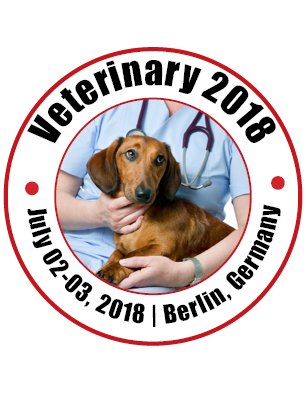Davood Sharifi
University of Tehran, Iran
Title: Clinical and radiographic evaluation of osteodisc allograft impregnated with mesenchymal stem cells for replacement of normal cervical disc in dog
Biography
Biography: Davood Sharifi
Abstract
Statement of the problem: Dogs with cervical vertebrae disc degeneration, budging and even calcification and even with wobbler syndrome show various clinical signs depends upon several factors, especially, the pressure on the spinal cord and/or nerve roots, which are quite painful. Conservative management usually accompanied by mildly wobbly gait, but with repeated episodes of neck pain, surgery with replacement of disc recommended
Methodology & Materials: The complete cervical vertebrae from two medium size mongrel dogs cadaver were collected. The total of 3 discs along with end-plate and bodies were removed from each cadaver and transplanted to 3 other adult –large male mixed breed (25±30 Kg.bw) after complete removal of 3rd normal vertebral disc in each dog and stabilized with double 2.7 mm cancellous screw. Allograft osteodisc was impregnated with 1 ml broth of autologous mesenchymal stem cells before replacement (10-10) in first 3 dogs whereas the rest of 3 dogs used as control one. Five main radiographic parameters including osteodisc density, osteophytes and calcification of grafted tissue, dislocation and distance of grafted disc beside complication, infection and fracture were recorded before and after operation and at 6 months.
Findings: Radiographic data showed that grafted osteodisc plays a role in reconstruction or maintenance of intervertebral functional spinal unit, treated segment, and adjacent segments and did not show a significant difference before and after replacement. Clinical outcomes indicated that using osteodisc allograft for cervical disk replacement is reliable. Heterogenous density with no dislocation and discopathy in one case with variable changes in disc distance were prominent radiographic findings.
Conclusion & Significance: A disc replacement is thought to reduce mechanical stress when compared to a fusion. Using osteodisc allograft besides maintaining the “movable” normal cervical joints, preserving motion in the spine which is an ideal outcome.

